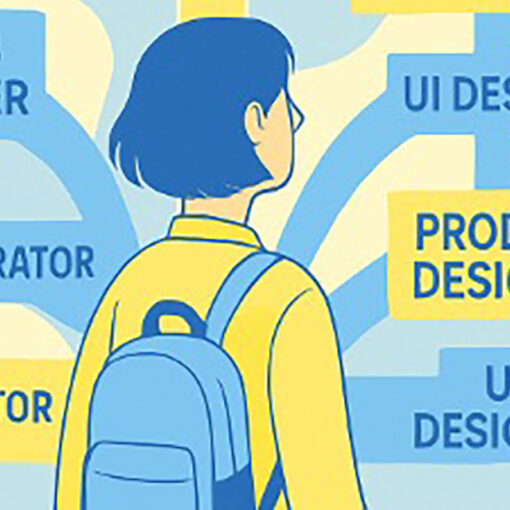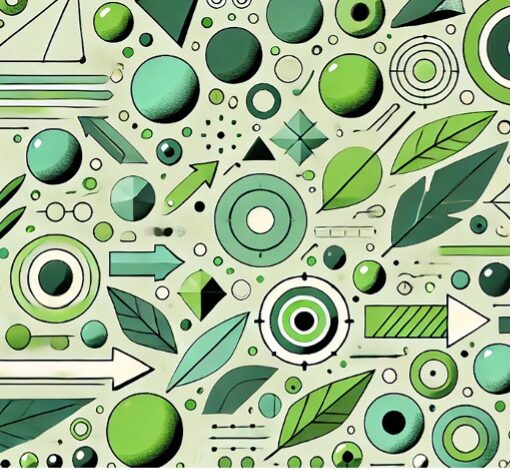As the world struggles with environmental degradation, the construction industry is undergoing a transformative shift towards sustainability. Green building practices, which prioritise energy efficiency, renewable materials and minimal environmental impact are becoming the norm.
The future of green building is not just about adopting new materials and technologies but also about rethinking our approach to urban design and construction. Globally, the green building movement is characterised by innovations in renewable materials, energy-efficient designs, and the concept of positive buildings. Finland stands out as a leader in this field, demonstrating a unique blend of stringent environmental standards, pioneering wood construction, and innovative urban projects. (Archinfo 2023)

There are increasing global examples of bringing greenery into urban areas. Sempergreen (NL) is a company dedicated to transforming grey buildings into vibrant green oases. Since 1996, they have been empowering cities worldwide with their innovative vertical gardens, multifunctional green roof solutions, and ready-to-lay ground coverings. (Sempergreen 2024) Urban greenery solutions enhance biodiversity, mitigate heat and optimize stormwater management.
Global Trends in Urban Greenery Solutions and Renewable Materials:
- Ecological Materials: Innovations in ecological construction materials such as mycelium-based bricks, hempcrete, and bamboo are reducing the carbon footprint of buildings (Ecowatch 2023).
- 3D Printing: Advanced 3D printing technology is enabling the use of sustainable materials in construction, reducing waste and energy consumption (Tabassum et al. 2023).
- Positive buildings: enhance the environment through sustainable design and energy efficiency (WBC 2023).
Piloting Urban Greenery in the MUOKS project
LAB University of Applied Sciences’ MUOKS project aims is to pilot greenery solutions through the integration of green elements such as green walls, roofs, columns and hanging structures in spaces where traditional planting is not feasible (LAB 2024). This approach leverages design to introduce greenery into urban environments, enhancing both aesthetics and ecological benefits.
In Europe, the building and construction sector uses about 10 million tonnes of plastics every year. This is 20% of all the plastics used in Europe, making it the second biggest use of plastics after packaging. (Plastics Europe 2024) Plastics widespread use is causing an explosive growth of microplastics in the environment. Microplastics can be found in the sea, soil, food, and drinking water, and they accumulate over time because they don’t biodegrade naturally. This accumulation raises concerns about the impact on the environment and health. The EU aims to reduce microplastic releases by 30% by 2030. (European Comission 2024)

Effective alternative solutions are needed to reduce the use of plastic. Alongside the piloting of greener solutions, new types of material experiments are developed to meet the needs of green building. Materials that would otherwise end up as waste are repurposed in MUOKS, and by doing so, environmental impact is reduced and new ways to incorporate sustainability into urban architecture. By fostering innovation and collaboration with the cities and companies in Kanta- and Päijät-Häme, MUOKS project exemplifies how green building can extend beyond traditional methods to embrace holistic, community-driven approaches (LAB 2024).
Writers
Vilja Kirk BA third year student (design) at LAB University of Applied Sciences, Institute of Design and Fine Arts. She has been an intern in MUOKS project. Her line of studies is in service design. She also has experience in interior architecture and event management. She is interested in co-creating, future design mindset and culture.
Mervi Koistinen BA (Design), is RDI Specialist at LAB University of Applied Sciences, Institute of Design and Fine Arts. She mainly works on visual communication design in RDI projects. Her expertise covers a wide range of forms from graphic and information design to user experience design and content creation. She is interested in sustainable development and user-centered way of thinking.
References
Archinfo. 2023. Finnish wood architecture has long traditions and a bright future. Cited 21 May 2024. Available at https://www.archinfo.fi/en/articles/finnish-wood-architecture-has-long-traditions-and-a-bright-future
Ecowatch. 2023. Green Construction 101: Everything You Need to Know. Press release. Cited 21 May 2024. Available at https://www.ecowatch.com/green-building-construction-facts-ecowatch.html
European Comission. 2024. Microplastics. Cited 22 May 2024. Available at https://environment.ec.europa.eu/topics/plastics/microplastics_en
LAB. 2024. Regenerative growth through design: Organic waste fibres and side streams as a growth base for nature-based solutions (MUOKS). Cited 21 May 2024. Available at https://lab.fi/en/project/regenerative-growth-through-design-organic-waste-fibres-and-side-streams-growth-base-nature
Plastics Europe. 2024. Building & construction. Cited 22 May 2024. Available at https://plasticseurope.org/sustainability/sustainable-use/sustainable-building-construction/
SemperGreen. 2024. About Sempergreen. Cited 22 May 2024. Available at https://www.sempergreen.com/en/about-us/about-sempergreen
Tabassum, T. & Mir, A.A. 2023. A review of 3d printing technology-the future of sustainable construction. Materialstoday: proceedings. Science Direct. Vol. 93 (3), 408-414. Cited 21 May 2024. Available at https://www.sciencedirect.com/science/article/abs/pii/S2214785323042645
WBC. 2023. Exploring nature positive buildings. Cited 21 May 2024. Available at https://www.wbcsd.org/Overview/News-Insights/WBCSD-insights/Exploring-nature-positive-buildings




